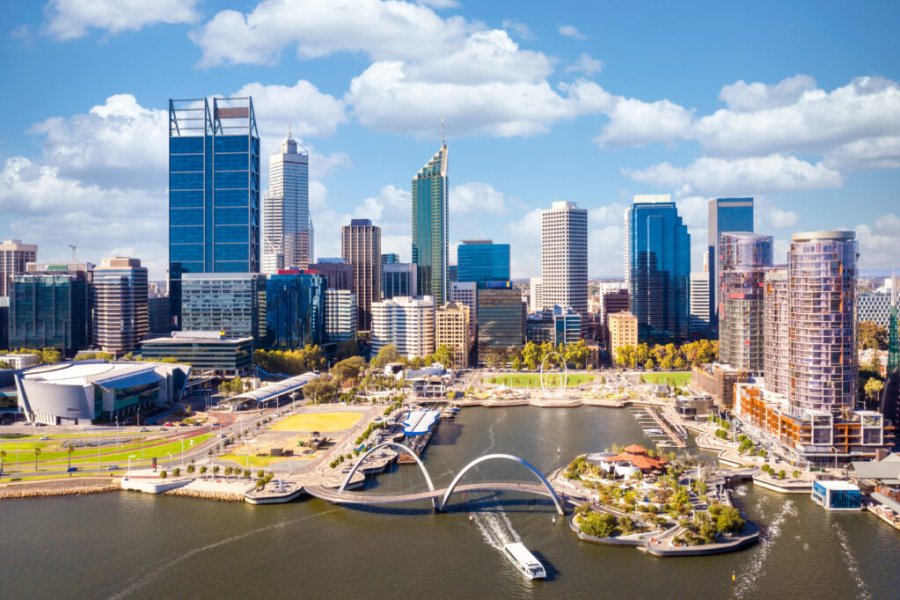Travel Guide N’guigmi
Find an accommodation
Advertising
N'Guigmi the white, named thus by its white houses, is the historically most important city of Eastern Niger, 600 km from Zinder, with its 16 000 inhabitants. At present, Diffa tends to take the front, as an administrative centre, of the operations of Chinese oil tankers. The atmosphere is that of a large village at the gates of the desert, where the villagers and nomads of the region are combined. Its name comes from a red ceramic jar that was manufactured in this village (n'jié kimé en kanouri). Historically, an exiled tribe from Kanem came to settle there with his patriarch Lottoy Abouloumi, who created a palm grove with plants imported from Yemen, since tradition says that the Kanembou, people of Kanem, came from Yemen (the Kanem is the former northern province of Lake Chad, that of the south of the lake being the Bornou Empire). Until the beginning of the th century, there was great insecurity in the region, caused by the looting of Tuareg and Toubou and the looting of the shores of the lake by the Boudouma (inhabitants of the lake, kanouri «men of the herbs»). The lake, well in water at that time, nevertheless remained an area where the Boudouma were sovereign. The sultan's authority did not impose it in a solid way, they were until the colonial era, and especially since the temporary drying of their environment, almost the only masters of the lake with their herds on the islands, from where they led to the looting of the caravans who were going too close to the shores (they even pillaient the Toubou and the Arabs, the frightened groups themselves. even for their exploits in the field of rezzous). It was then conquered by Kayrouz, a nomadic king from the Sudan, until the seizure of power by colonization in 1900. The circle of N'Guigmi was created in 1908 and included Gouré, which then quickly dépendit Zinder. Today, N'Guigmi, which has become a municipality, is above all a large nomadic area which goes from the shores of Komadougou and lake Chad to the erg of Bilma. The north of the borough is inhabited by the Toubou, the nomadic nomads of the Sahara. The latter occupied space from the th century: The Toubou Teda were the first camels and palm owners to the Djado, mainly located north of the Dillia valley, coexisting in this area with the Arabs Ouled Slimane and Shuwa. All of them are large camels farmers who are nomadisent up into the old bed of the lake. To the south of the valley, the Toubou Medel, which constitute the bulk of the toubou population, are found in six clans, and the Arabs. The Fulani, Fulbé and Wodaabe arrived simultaneously around 1910 of Damagaram and Chad in favour of pacification of the zone. Many cattle farmers, many have had to fold in Nigeria and Cameroon after the great droughts of 1973 and 1984 and they return seasonally to Niger. Some are installed there. The south of N'Guigmi is inhabited by the Boudouma, the island people, and the peoples talking about kanouri, a group of culturally connected populations such as the Tamari, the Sougourti, the Koubari and the Douwou. N is now a hub for nomads, traders and migrants between Libya, Chad, Nigeria and Niger. The formalities must be made available to enter Chad.
Suggested addresses N’guigmi
Weather at the moment
Advertising
Organize your trip with our partners N’guigmi
Transportation
Book your plane tickets
Car Rental
Boat rental
Accommodation & stays
Find a hotel
Holiday rental
Find your campsite
Tailor-made trip
Immersion travel
Services / On site
Activities & visits
Find a doctor
Find unique Stay Offers with our Partners
Other destinations nearby N’guigmi
25 km away



